Indication
This formula was devised by Zhang Jie-bin (a.k.a. Zhang Jing-yue) and first published in ‘Jingyue’s Complete Works’ (jing-yue quan shu), 1624. It is a variant on Zhang Zhong-jing’s ‘Si Ni San’ (Formula for Frigid Extremities) from the ‘Treatise on Cold-induced Diseases’ (shang han lun). The latter formula was originally designed to treat the effects of exogenous pathogenic Cold as it penetrated the Interior, transformed into Heat and trapped the Yang Qi on the Interior, leading to cold extremities.
As with many of Zhang Zhong-jing’s formulas from the Shang Han Lun, this one was so ingeniously designed that its use has been expanded over subsequent centuries to include a broad range of disorders – in this case, those due to Liver Qi constraint with the development of Blood stasis. In order to focus the formula’s actions in this way, Zhang Jing-yue substituted mature Citrus fruit (zhi ke), for the immature fruit (zhi shi) and added Cyperus (xiang fu), Citrus peel (chen pi) and Ligusticum (chuan xiong).
The Black Pearl variant has additional herbs: Corydalis root (yan hu suo) and Curcuma root (yu jin), which enhance the action of activating the Blood to dispel stasis and alleviate pain. Citrus peel (chen pi) has been omitted as it is redundant.
This formula has a broad range of applications for disorders due to stagnation of the Liver Qi leading to Blood stasis resulting in pain. This includes gynecological and psychological disorders as well as those involving the liver, gallbladder or stomach, and also various types of neuralgia.
The synergistic actions of the herbs are as follows:
• Bupleurum root (chai hu), Citrus fruit (zhi ke), Cyperus rhiz. (xiang fu), Curcuma root (yu jin): soothe the Liver and resolve constraint, regulate the Qi
• Corydalis root (yan hu suo), Curcuma root (yu jin), Ligusticum rhiz. (chuan xiong): regulate the Qi and activate the Blood to dispel stasis and alleviate pain
• Paeonia root (bai shao), Ligusticum rhiz. (chuan xiong): regulate and harmonise the Blood
• Paeonia root (bai shao), Glycyrrhiza root (gan cao): soothe the Liver and preserve the Liver Yin from injury by the other herbs. In addition this combination relaxes spasmodic muscle contractions.
• Bupleurum root (chai hu): acts as envoy to direct the actions of the other herbs to the Liver and the Liver channel.
ChinaMed approximate equivalent QI MOVER Formula (CM193)
Signs & Symptoms:
Bruxism
Epigastric pain
Mastitis
Premenstrual syndrome
Breast tenderness and pain
Dysmenorrhea, severe
Cholecystitis
Abdominal pain
Depression
Irritability
Mammary dysplasia (fibrocystic breast disease)
Combinations –
Breast lumps, mammary dysplasia:
XIAO YAO SAN
NEI XIAO LUO LI WAN
GUI ZHI FU LING WAN
TAO HONG SI WU WAN
STRESS RELIEF 1 Formula
BLOOD MOVING 2 Formula
Emotional volatility, dysphoria:
WEN DAN TANG
GAN MAI DA ZAO WAN (Jia Wei)
Ovarian cysts:
NEI XIAO LUO LI WAN
GUI ZHI FU LING WAN
Stomach pain, gastric or duodenal ulcers:
SHU GAN WAN
XIANG SHA YANG WEI WAN
TCM Syndromes: Liver Qi constraint, Qi stagnation and Blood stasis.
TCM Actions: Soothes the Liver, activates the Blood and dispels stasis, alleviates pain.
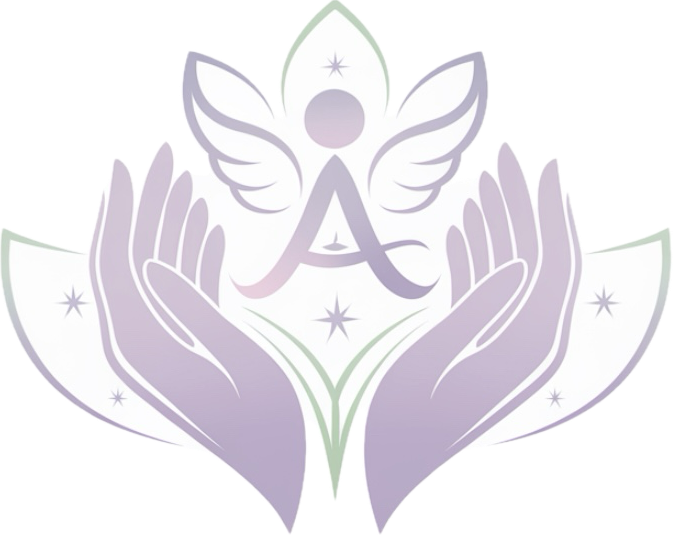
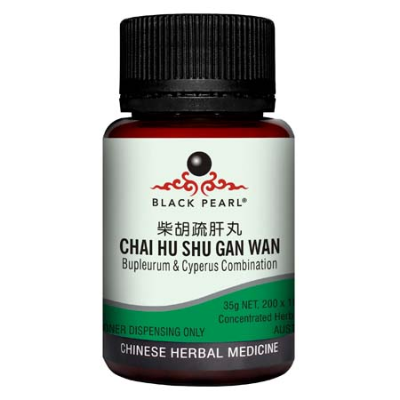
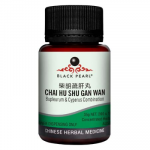
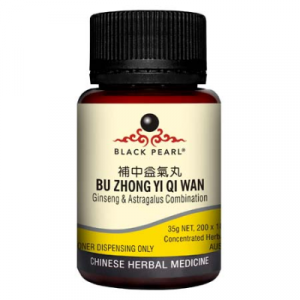
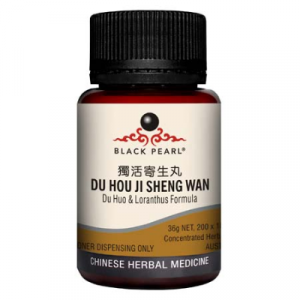
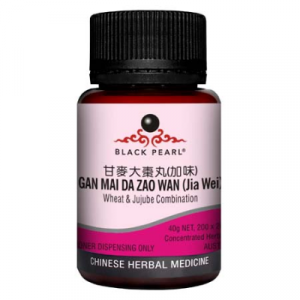


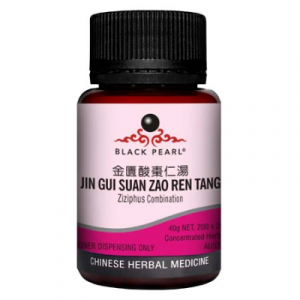
Reviews
There are no reviews yet.